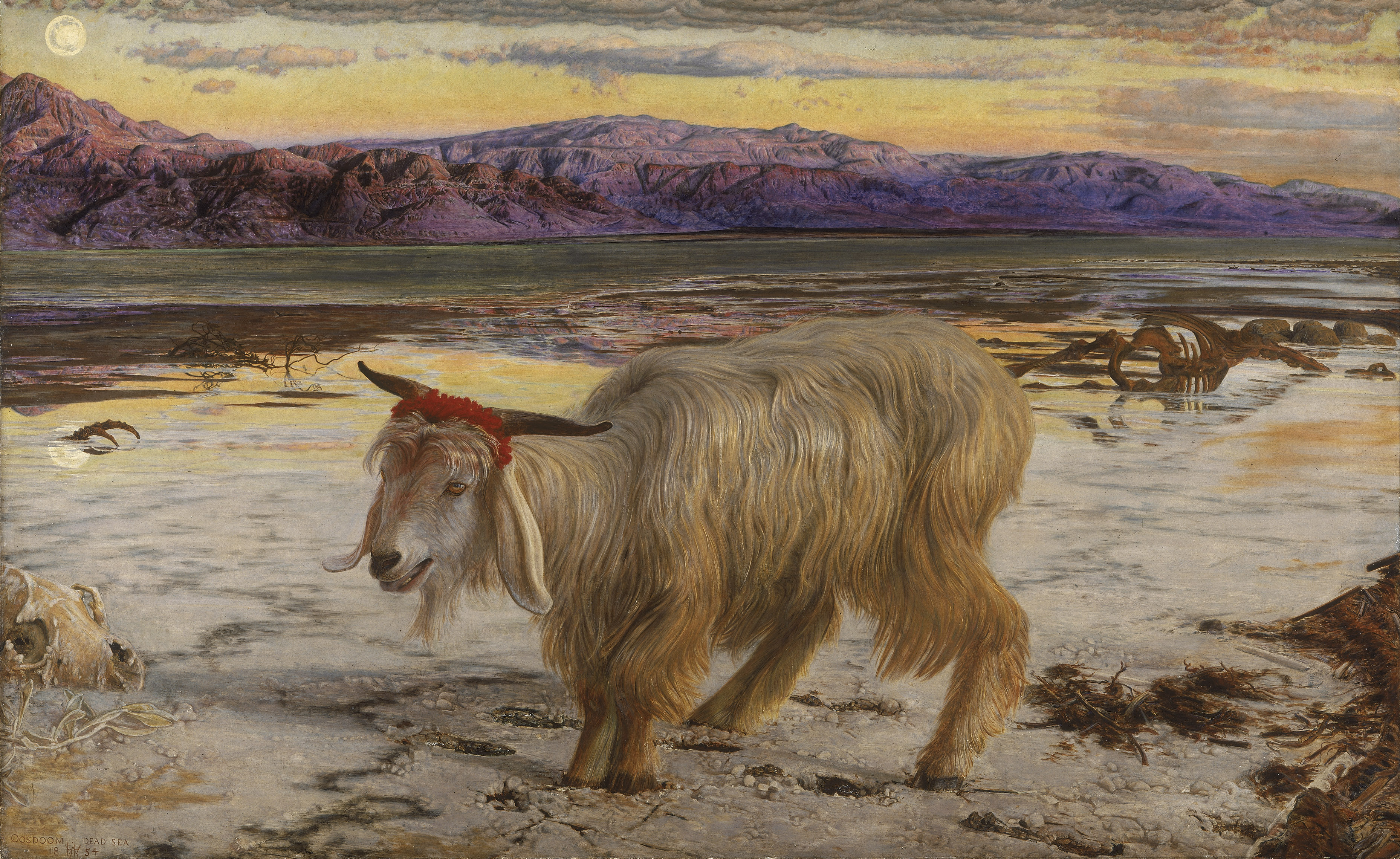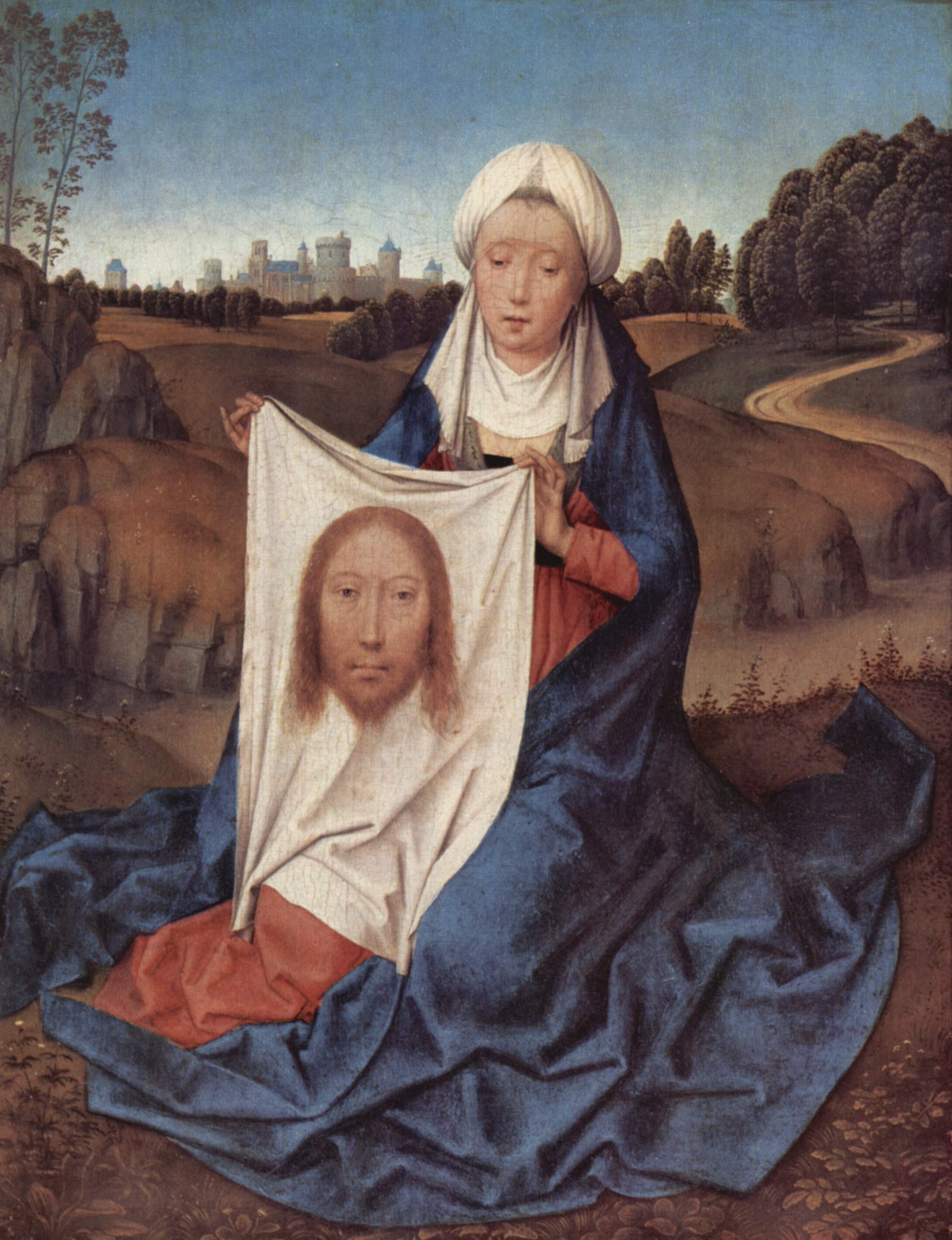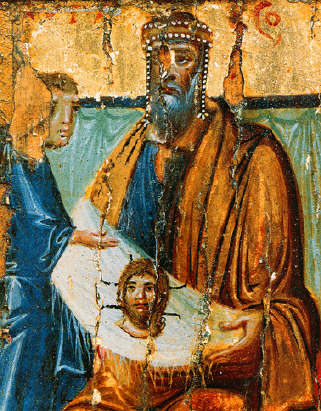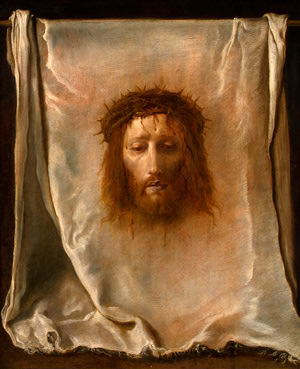| Getting there. It should be done tomorrow, I swear. |
I’ve been dogged by illness this whole winter, but by the grace of God something is coming together for my upcoming show at the Davison Gallery at Roberts Wesleyan. I promised the gallery director a postcard image this week, and a postcard image she shall have.
I wish I’d named this show “Blood,” because that’s been the prevailing motif. Blood of the Lamb, hemorrhaging, red underpainting—it’s all been a bloody mess. Cancer has owned my body since November. I’m finally feeling better, but when my doctors demand my presence (which is often) I drop my brush and go. That happened again yesterday.
|
I am, generally, a pretty neat painter. But when I get close to a deadline, that all falls apart.
|
If you aren’t in the doctor grind, you don’t realize that every half-hour visit uses up hours of the patient’s time. A pedicure and good hair are talismans against loss of dignity, so they must be attended to before you can go.
|
“Beer is proof that God loves us and wants us to be happy,” is erroneously attributed to Benjamin Franklin, who preferred wine. So do I, especially after a long day.
|
Home by noon, I was in my studio by 1 PM. At 3 PM, a friend stopped by. This friend has tended me through the winter, bringing me dinner, talking me out of my hole, cheering on my work. Yesterday she needed to talk, so I needed to listen. This is the work to which God truly calls us.
Let me know if you’re interested in painting with me in Maine in 2014 or Rochester at any time. Click here for more information on my Maine workshops!










.jpg)




